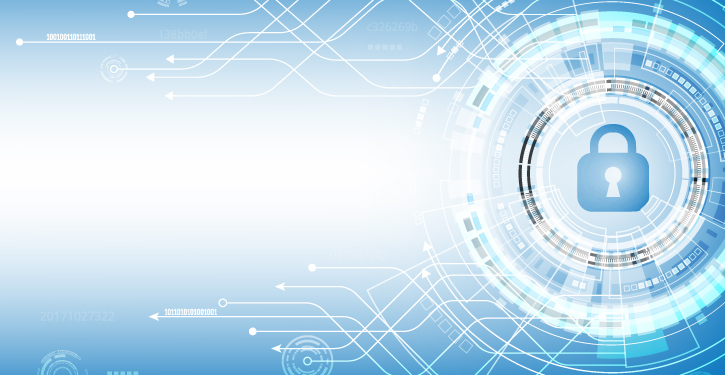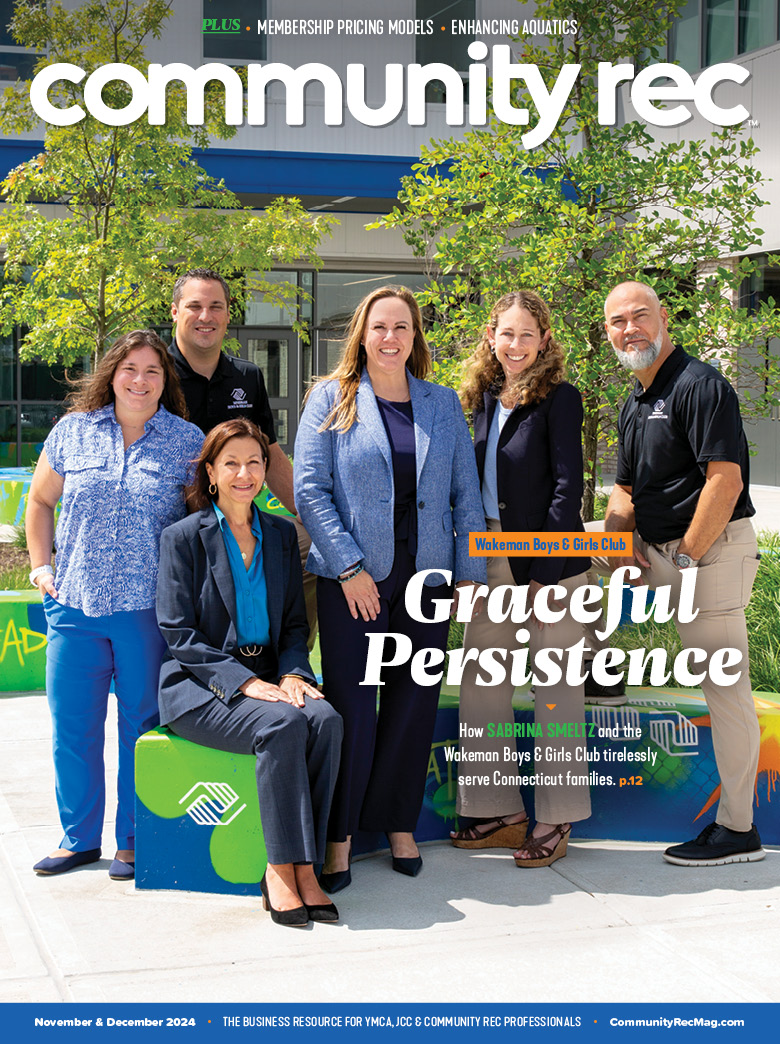Learn about the importance of effective lock systems from Mark Roffer, the marketing coordinator at Zephyr Lock.
Locker lock systems are a vital component of recreational facilities, directly effecting security, user experience and operational efficiency. By investing in the right locks, community recreation professionals can elevate their service offerings, optimize facility management and enhance user satisfaction.
The role of locker lock systems in recreation facilities has become increasingly important as security of personal affects has also grown. Secure, user-friendly locker lock systems contribute to a positive facility experience. Efficient lock systems can reduce crowding and ensure smooth transitions between activities. High-quality locks can enhance the perception of the facility, fostering trust and loyalty among members. When considering locker locks for your recreation facility, keep in mind these five important areas:
Types of Locker Locks and How They Fit Different Rec Spaces
Key Locks. Traditional and simple but lost keys are an issue.
Combination Locks. Popular in recreational settings, offering security without the need for a key.
Electronic RFID Locks. Offer contactless, keyless entry and ideal for high-traffic areas.
Smart Locks. Integration with smartphones or membership systems, providing personalized security.
Biometric Locks. Advanced systems that enhance security without the need to remember your keys, codes, cards or combinations.
Enhancing User Experience with Lock System Features
Ease of Use. Demonstrate how digital and combination locks offer easier use for diverse groups.
Accessibility. ADA-compliant locker locks for people with disabilities.
Customizability. Allowing members to choose or change combinations, enhancing user control.
Security and Convenience Balance. How locks can be both easy to use and secure enough to prevent theft.
Locker Lock Systems as a Tool for Streamlining Facility Management
Reduced Maintenance. Digital locks eliminate the need for replacement keys and reduce administrative time.
Data and Analytics. Smart lockers can track usage data, helping managers optimize locker availability and security.
Energy Efficiency. Battery-powered systems are very eco-friendly and sustainable.
Remote Management. Cloud-based lock management systems for larger facilities, enabling staff to monitor and control lockers from a distance.
Cost-Benefit Analysis of Upgrading Locker Lock Systems
Initial Investment vs. Long-Term Savings. How radio frequency identification and smart locks can save money over time due to fewer key replacements and repairs.
Increased Security and Reduced Liability. Better lock systems reduce theft, ensuring peace of mind for users and managers.
Member Retention. Improved locker experiences can lead to higher member satisfaction and retention, particularly in competitive environments.
Choosing the Right Locker Lock System for Your Facility
Assessing Your User Base. Understanding the needs of families, athletes or casual users in recreation centers.
Budget Considerations. Balancing features with cost when selecting lock systems.
Scalability. Systems that can grow as facilities expand or change their operations.
Vendor Support and Maintenance. Ensuring the supplier offers adequate support for installation and long-term service.
This educational topic equips recreation professionals with the knowledge to make informed decisions on locker locks, aligning with their community’s needs and operational goals.










